Crosswind Landing Gone Wrong: TUI Boeing 737 at Leeds Bradford
Fear of Landing
FEBRUARY 7, 2025
The approach controller gave them the current wind as 070 gusting 33 knots and let them know that a Boeing 737-800 had just landed. They began the approach, ready to go around if needed. Just before touchdown, the captain used right rudder to “de-crab” the aircraft and landed smoothly in the touchdown area.





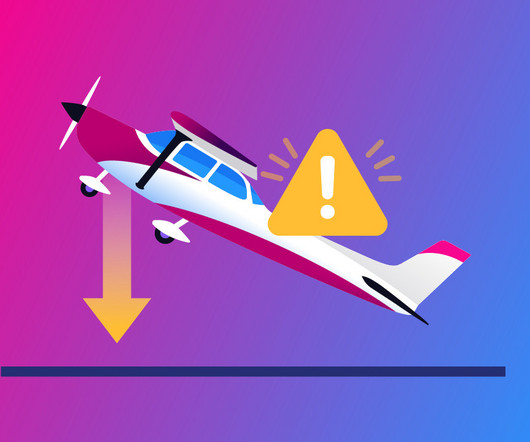
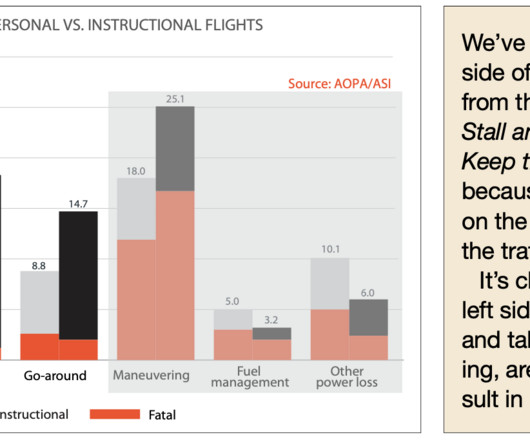
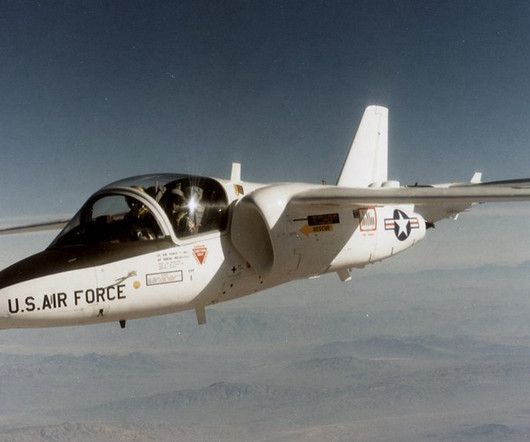

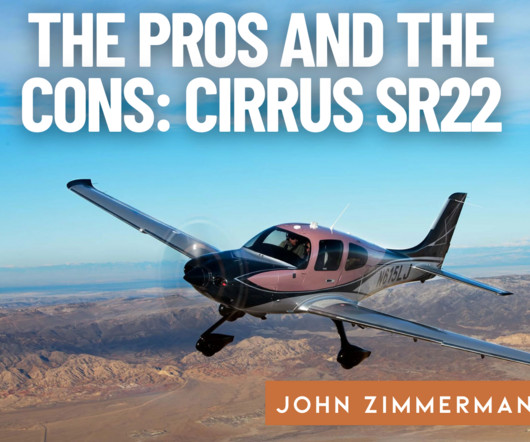






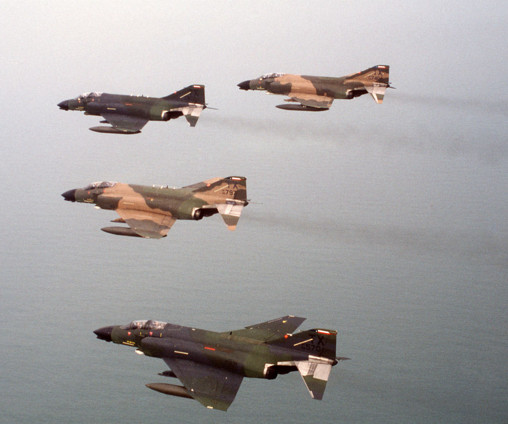

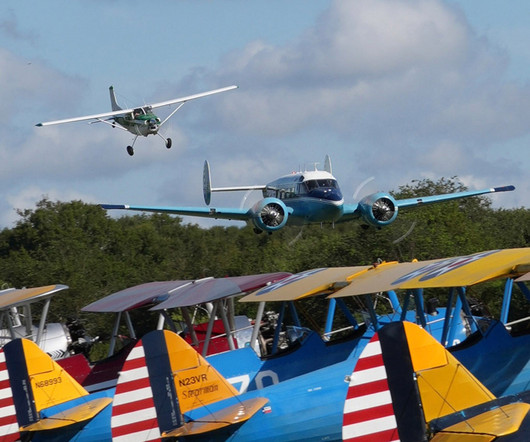
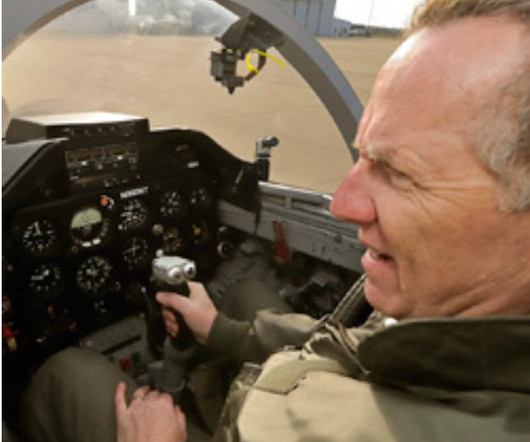



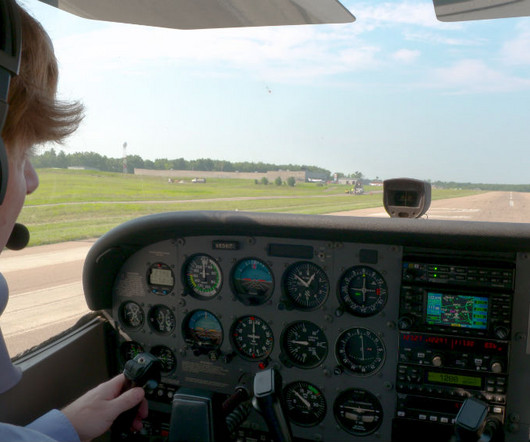








Let's personalize your content